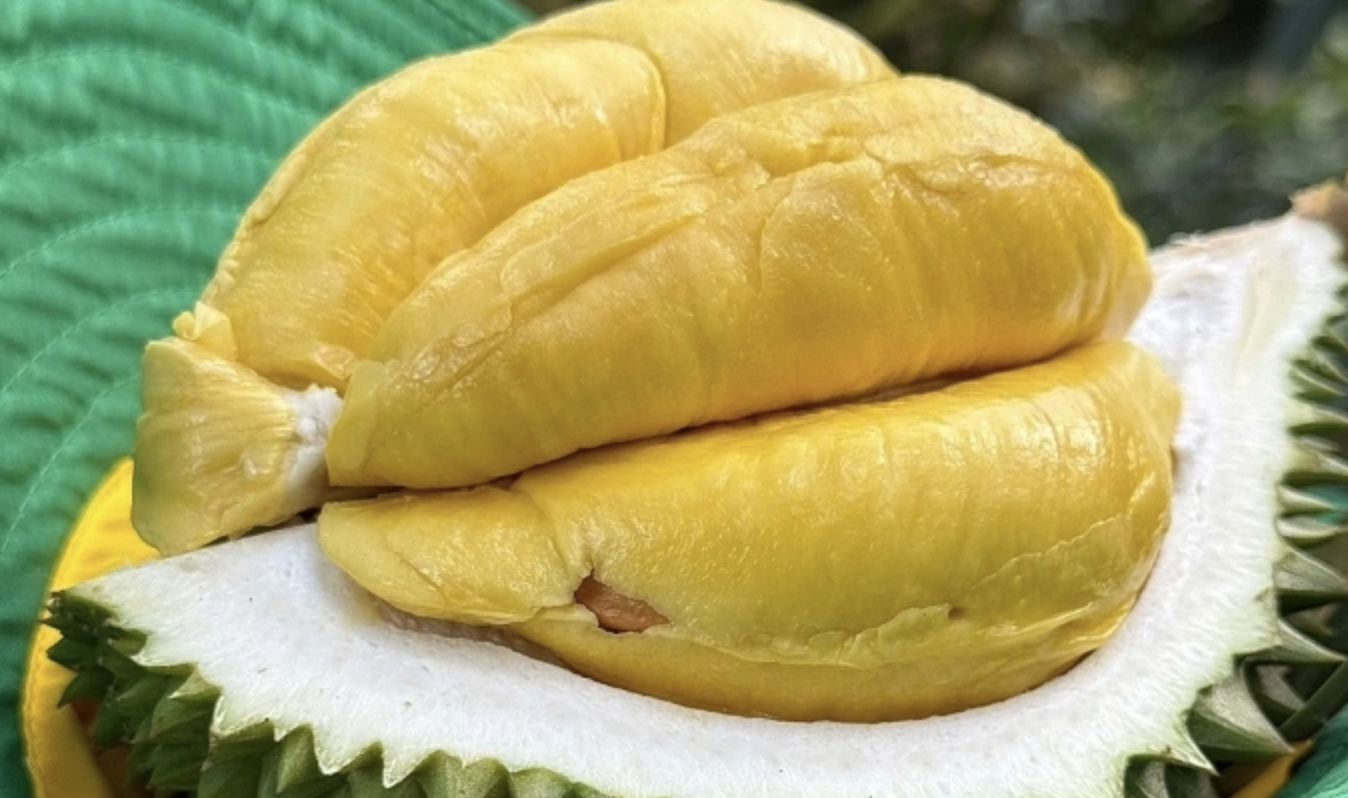When the Chinese documentary series A Bite of China debuted in 2012, its bucolic scenes of mushroom gathering, mud fishing, and family reunions sparked something deep in the Chinese psyche. The food safety crises of the past decade were still fresh in the mind, along with the idea of urbanization robbing the country of its rich food heritage. In short, the series was a runaway hit, and has become a cultural mainstay.
After such a warm reception for the first episodes, it wasn’t a surprise that season two, which was broadcast in 2014, suffered from second album syndrome. Critics felt let down and pandered to, and complained about the whiff of politics in the kitchen.
So, it was anyone’s guess how the third season, which began airing last week on CCTV, was going to be received. Now, halfway through, the verdict seems to be in: disappointment.
On Douban.com, the equivalent of IMDb for China, its score has fallen from 8.7 on the day of its premier down to 4.2 one week later. On social media, critics have been ruthless about what they complain are factual inaccuracies.

A Bite of China Season 3 posters (Douban)
Much of the ire is directed towards issues relating to Chinese Muslims, known as Hui. Among the points in dispute: that village feasts in southern Fujian are increasingly becoming halal (residents claim they are not); the Hui community in Xi’an has existed in the same location since the Tang Dynasty (maps show its current area used to be government offices, with just a few mosques in the area); the Hui invented a lamb dish known as shui pen yang rou (the dish existed in Shaanxi province for centuries before the Hui settled there).
In general, though, viewers seem to be getting tired of the same old tropes, and the idea that the only China worth visiting is the one in the countryside, where they still quarry the rock for their cooking slab by stone and eat rough grain pancakes dipped into the wild honey they collect.

Weibo user @反裤衩阵地 (fan ku cha zhen di) quipped the series should be called A Bite of Chinese Country Inns, while @竹顶针 (zhu ding zhen) asked why the foodways of urban people today aren’t worthwhile, much less the manufacture and transport systems.
At the more piquant end of the spectrum, freelance food writer @王恺同学 (wang kai tong xue) compared the series to the notorious paid reviews on Dazhong Dianping, the country’s Yelp, suggesting they were just an advertorial for whomever was featured. Perhaps the most resonant comment came on Douban from TcMbl, who wrote: “When the intro says family and love is the best sauce, you can tell the director has run out of ideas.” More than 1,500 people liked the comment, the highest vote on the site.
The internet, as ever, has a point. A Bite of China has been excellent in highlighting little known rural traditions and dying ways of preparing food, like the ingenious “seven-eyed” stove built on a sloping angle to allow seven woks to cook via one fire, all at different temperatures. But these are far removed from the way many people in China eat these days, in the era of fast food, takeout, delivery apps, and convenience store lunches.
No doubt China, with its endless culinary innovation, has a story to tell about the infinitely complex systems that bring us our food — the third season of “A Bite of China” doesn’t tell it.
One touchpoint for the director might be the 2005 film Our Daily Bread, a wordless and breathtaking documentary of modern food systems, presented without comment or judgement, from crop-spraying planes to an automatic salmon-filleting line in a factory. Together, the movie shows a better portrait of the infinitely complex systems that bring us our food, and no doubt China, with its endless culinary innovation, has something to contribute to this global story. Here’s hoping the next bite will be from another part of China.
Cover image: CCTV
















